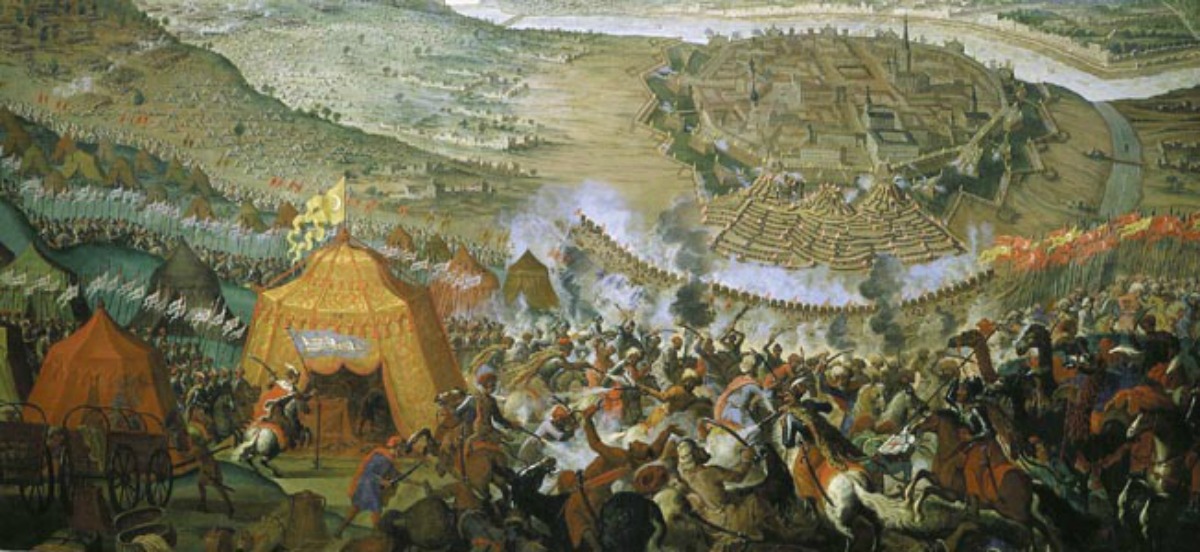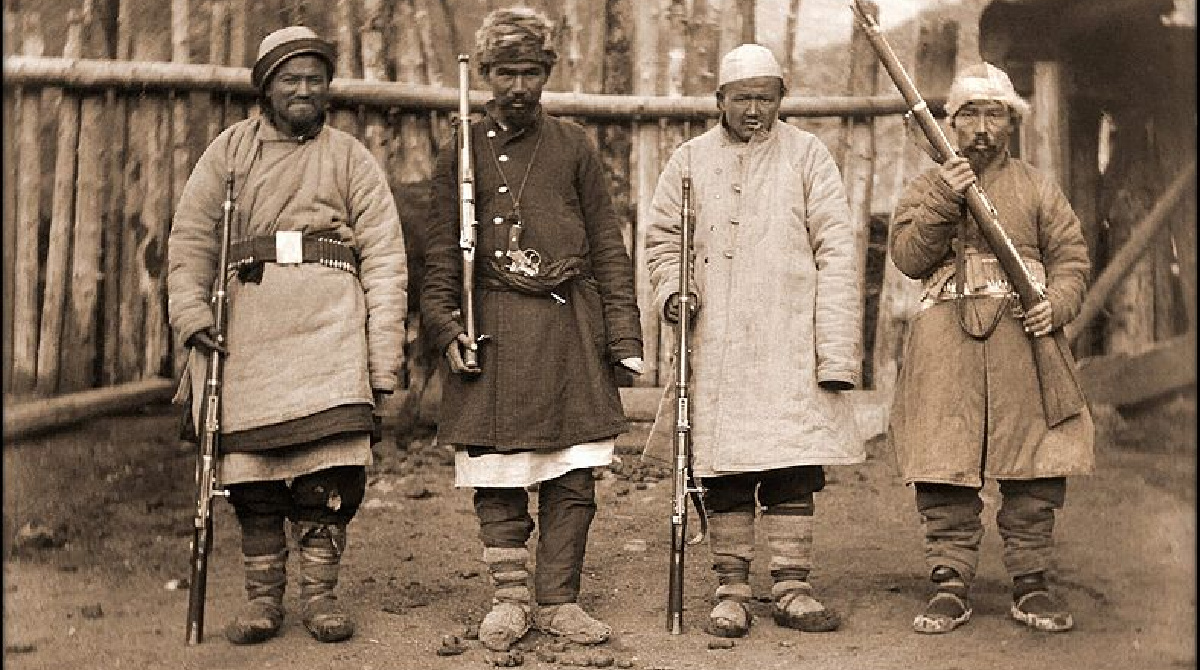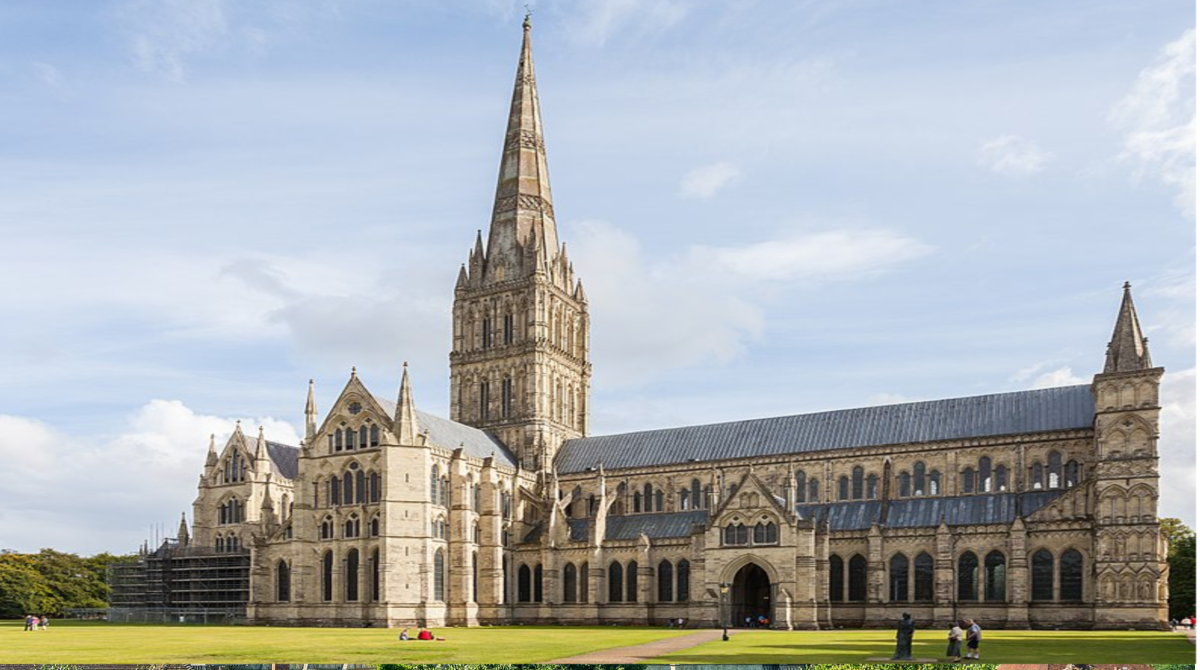The Saudi Islamist conundrum
Modern Islamic Warfare, a monograph by Middle East analyst and former Pentagon staffer Dr Harold Rhode, is essential reading. You can download it here. Concisely and clearly it explains the Islamic world, the confusions it causes amongst those who don’t understand it and why, as a result, the west is being defeated by it.
There is one passage in particular which sheds valuable light on the Islamist threat now terrorising the world, and explains in turn the otherwise baffling role played by Saudi Arabia in both helping create that threat and fighting its terrorist perpetrators. The passage follows here.
The vast majority of Islamic terrorism is Sunni. How do the governments in Sunni Muslim societies tackle Islamic jihadism that threatens to overthrow existing Sunni governments which the jihadis label “apostates?” A fascinating example is what happened in Saudi Arabia when what the Saudis would call “Islamic extremist jihadis” took control of the holy mosque in Mecca in 1979.
The Saudis follow a strict version of Sunni Islam—Wahhabism—which was itself an 18th century Islamic Reform Movement based on the already most strictly applied school of Sunni Islam—the Hanbali school of Islamic jurisprudence, “the strictest of the strict.” But was it “strict enough?”
To ISIS and al-Qa’ida, the Saudi government, supported by the Saudi Wahhabi religious establishment, are apostates. They allow Western influences into the kingdom, allow non-Muslims to live and work on Islam’s most holy place on earth, and thus are serving the interests of the non-Muslims. They are therefore guilty of apostasy; the punishment for which in Islam is death. From ISIS, al-Qa’ida, and other extreme Muslim jihadi groups, the Saudis must be eliminated because they are Muslims.
How did these groups come into existence? In short, the Saudis themselves gave birth to them.
In 1979, a group of jihadis took over the ka’ba, the holiest site in Islam, by force and refused to leave. These terrorists accused the Saudi government of not being committed enough to jihad, which is an essential part of Islam. This act deeply humiliated the Saudis in the eyes of the entire Muslim world. That is because the Saudis control Mecca and Medina and are responsible for protecting these sites. (The Saudi king is known as the “Guardian of the two most holy Muslim cities—Mecca and Medina.”) These jihadis shamed the king and his government. As no weapons are allowed to be used in the holy mosque in Mecca, the government was in a quandary. The only way the Saudis could expel those who took over the mosque was by force, which is strictly forbidden in Islam. How could it end this siege without a fatwa from the Wahhabi religious establishment that using force was permissible?
The Wahhabi establishment itself was in a quandary because Islam requires jihad. How could the Wahhabi religious figures oppose jihad? After some effort, a legal fiction was devised. According to this agreement, the religious establishment issued a fatwa allowing the government to re-take the mosque by force. Moreover, the religious leadership agreed to the government decision to ban radical jihadi groups that might threaten the monarchy and which operate inside Saudi Arabia. But in return, the Saudis agreed that they would fund the export of jihad extensively everywhere outside the kingdom, and support the spread of Islam everywhere else in the world [my emphasis].
Then, the Saudis began funding Wahhabi religious propaganda everywhere, which brought about the creation of most of the radical Islamic groups which terrorize the entire world today.
… Places like Indonesia which historically had a much milder form of Islam became targets for the Wahhabis. The Indonesian Muslim leadership, for example, could not compete against the seemingly unlimited deep pockets of the Gulf Wahhabis. Young Indonesian Muslim men began to grow beards; their women began to cover their heads with the hijab (head scarf) or even niqab (face covering) in ways never seen before in Indonesia.
Wahhabis became active not only throughout the Muslim world, but began to proselytize among the Muslims in Europe and North America. Wahhabis have since 1979 funded the building of the overwhelming majority of mosques in Canada and the U.S., and supplied Islamic teachers and religious leaders who spread their anti-Western, anti-non- Muslim, and anti-any other type of Islam but theirs throughout the Western hemisphere.
Muslims have learned to use Western culture against itself. Some Muslims, when speaking to Western audiences, have gone out of their way to label Islam as a religion. While it definitely concerns itself with the relationship between God and mankind, it is actually more of a civilization which also involves politics and military activities. Historically, the raison d’être of a Muslim state has been to expand Islam, to conquer other lands for Islam, and to eventually take over the whole planet.
But since our authorities and intellectual leaders have labeled Islam a religion, we in the West have been reticent to interfere in Islamic activities. That has enabled the Muslim jihadi operatives to work quietly and patiently to create cadres of disgruntled young Muslims, right under our noses, who are extremely susceptible to the lure of jihad.
In other words, the export of Islamic extremism, terrorism and Islamist cultural conquest throughout the world, which is now threatening to destroy Europe and menaces the rest of the west, was the result of a devil’s bargain entered into by the House of Saud to save itself.




